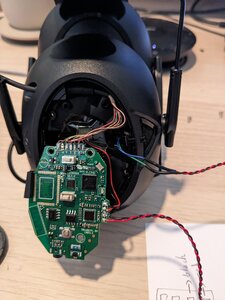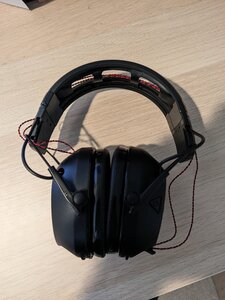For those interested, the patent application is quite informative. See the attached file. In addition to the simple method used in the trial, where the left and right microphones were reversed, he talks about further refinements to only reverse frequencies in the range of the person's tinnitus and introducing audio delays into the system, all with the goal of further 'confusing' the auditory system.
I plan on modifying a pair of headphones myself to try this and will report back, although I do see that a forum member that participated in the trial noted no effect whatsoever


 Member
Member


